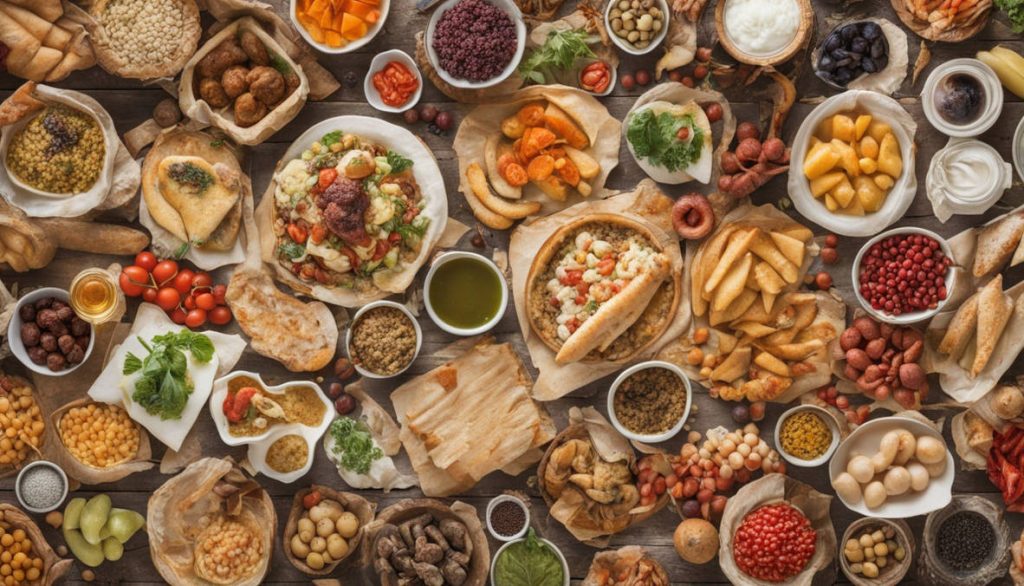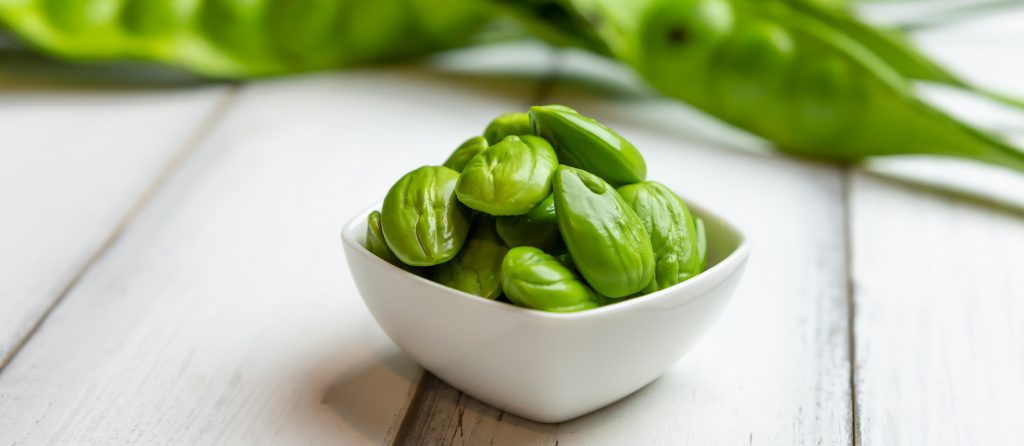Chocolate covered nuts are a timeless treat that combines the rich, creamy indulgence of chocolate with the satisfying crunch of nuts. Whether you’re snacking on them during a movie, gifting them to a friend, or adding them to a dessert spread, these little bites of joy never disappoint. But what makes chocolate covered nuts so irresistible? Is it the contrast of textures, the blend of flavors, or perhaps the nostalgia they evoke? In this blog, we’ll dive deep into the world of chocolate covered nuts, exploring their history, health benefits, popular varieties, and even how to make them at home. By the end, you’ll be a certified chocolate covered nut connoisseur!
A Brief History of Chocolate Covered Nuts
The love affair between chocolate and nuts dates back centuries. Chocolate, originally consumed as a bitter beverage by the ancient Mesoamericans, was transformed into the sweet confection we know today in the 19th century. Nuts, on the other hand, have been a staple in human diets for millennia, prized for their nutritional value and versatility.
The combination of the two likely began as a simple experiment in flavor pairing. Early European chocolatiers started coating nuts in chocolate as a way to create bite-sized luxuries for the elite. By the early 20th century, chocolate covered nuts had become more accessible, with mass production making them a popular treat for the general public. Today, they’re a global favorite, enjoyed in countless forms—from simple chocolate-dipped almonds to elaborate nut-filled truffles.
The Health Benefits of Chocolate Covered Nuts
While chocolate covered nuts are undeniably a treat, they do offer some health benefits—thanks to the nuts! Nuts are packed with essential nutrients, including:
- Healthy fats: Monounsaturated and polyunsaturated fats that support heart health.
- Protein: A great source of plant-based protein to keep you feeling full.
- Fiber: Aids in digestion and helps maintain steady blood sugar levels.
- Vitamins and minerals: Nuts are rich in vitamin E, magnesium, and antioxidants.
However, it’s important to remember that the chocolate coating adds sugar and calories. Dark chocolate, with its higher cocoa content, is a better choice as it contains less sugar and more antioxidants than milk chocolate. So, while chocolate covered nuts can be part of a balanced diet, moderation is key. Think of them as an occasional indulgence rather than an everyday snack.
Popular Types of Chocolate Covered Nuts
One of the best things about chocolate covered nuts is the variety. Different nuts bring their own unique flavors and textures to the mix, creating endless possibilities. Here are some of the most popular types:
- Almonds: With their mild, slightly sweet flavor, almonds pair beautifully with both milk and dark chocolate. They’re a classic choice for a reason!
- Peanuts: The salty-sweet combination of chocolate and peanuts is a match made in heaven. Peanut clusters are a beloved variation.
- Cashews: Creamy and buttery, cashews add a luxurious touch when coated in chocolate.
- Hazelnuts: Often associated with European confections, hazelnuts bring a rich, earthy flavor that complements chocolate perfectly.
- Pecans: These Southern favorites add a buttery, slightly bitter note, making them ideal for more complex flavor profiles.
- Macadamia Nuts: Known for their rich, creamy texture, macadamia nuts are a decadent choice for chocolate coating.
From simple chocolate covered almonds to more elaborate chocolate candies with nuts, like pecan turtles or peanut clusters, there’s a treat for every taste. The variety doesn’t stop at the type of nut—chocolate covered nuts can also be enhanced with sea salt, spices, or even a dusting of cocoa powder for an extra layer of flavor.
How to Make Chocolate Covered Nuts at Home
Making chocolate covered nuts at home is easier than you might think, and it’s a fun project for both novice and experienced cooks. Here’s a simple recipe to get you started:
Ingredients:
- 1 cup of your favorite nuts (almonds, peanuts, etc.)
- 4 oz of high-quality chocolate (dark, milk, or white)
- Optional: sea salt, cinnamon, or chili powder for extra flavor
Instructions:
- Toast the nuts: Preheat your oven to 350°F (175°C). Spread the nuts on a baking sheet and toast for 8-10 minutes, or until fragrant. Let them cool completely.
- Melt the chocolate: Break the chocolate into small pieces and melt it in a heatproof bowl over a pot of simmering water (double boiler method). Stir until smooth.
- Coat the nuts: Add the cooled nuts to the melted chocolate and stir until evenly coated.
- Set the nuts: Using a fork or slotted spoon, lift the nuts out of the chocolate and place them on a parchment-lined baking sheet. If desired, sprinkle with sea salt or spices.
- Chill: Refrigerate the nuts for about 30 minutes, or until the chocolate is set.
Tips for success:
- Use high-quality chocolate for the best flavor.
- Ensure the nuts are completely cool before coating to prevent the chocolate from melting.
- For a professional touch, temper the chocolate to give it a glossy finish.
Popular Brands and Unique Recipes
If you’re not in the mood to make your own, there are plenty of delicious store-bought options. Some popular brands known for their chocolate covered nuts include:
- Ferrero Rocher: Famous for their hazelnut-filled chocolates.
- Godiva: Offers a range of luxurious chocolate covered nuts.
- Trader Joe’s: Known for affordable yet high-quality chocolate covered almonds and peanuts.
For those who like to experiment, try adding a twist to your homemade chocolate covered nuts. Here are a few ideas:
- Spicy Chocolate Covered Nuts: Add a pinch of cayenne pepper to the melted chocolate for a kick.
- Coconut Chocolate Covered Nuts: Roll the chocolate-coated nuts in shredded coconut before setting.
- Coffee-Infused Chocolate Covered Nuts: Stir a teaspoon of instant espresso powder into the melted chocolate for a mocha flavor.
These unique variations can elevate your chocolate covered nuts from a simple snack to a gourmet treat.
Conclusion
Chocolate covered nuts are more than just a sweet indulgence—they’re a delightful fusion of flavor, texture, and tradition. Whether you’re savoring a handful of chocolate-dipped almonds or getting creative with your own homemade batch, these treats offer a little something for everyone. With their rich history, potential health benefits (in moderation!), and endless variety, it’s no wonder chocolate covered nuts have stood the test of time. So, the next time you’re craving something sweet and crunchy, reach for a chocolate covered nut—or better yet, try making your own. You might just discover a new favorite!
FAQs
- Are chocolate covered nuts healthy?
Chocolate covered nuts can be part of a balanced diet, but they should be enjoyed in moderation. Nuts provide healthy fats, protein, and fiber, while dark chocolate offers antioxidants. However, the added sugar and calories from the chocolate mean they’re still a treat.
- How should I store chocolate covered nuts?
Store them in an airtight container in a cool, dry place. If you live in a warm climate, consider refrigerating them to prevent the chocolate from melting. They’ll stay fresh for up to two weeks.
- Can I use white chocolate for chocolate covered nuts?
Absolutely! White chocolate pairs well with nuts like macadamias or almonds. Just be aware that white chocolate is sweeter and has a different flavor profile than dark or milk chocolate.
- What’s the best way to gift chocolate covered nuts?
Package them in a decorative tin or box lined with parchment paper. You can also add a ribbon or personalized tag for a thoughtful touch.
- Can I make chocolate covered nuts without toasting the nuts first?
Toasting enhances the flavor and texture of the nuts, but it’s not strictly necessary. If you’re short on time, you can skip this step, though the final product may be slightly less crunchy.
Learn More: https://regic.net/



